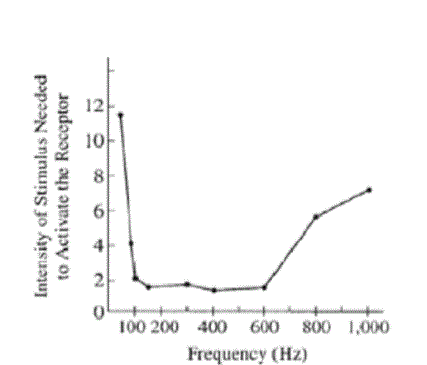TLS Online TPP Program
More Questions
TLS Online TPP Program
#Question id: 12510
#Unit 8. Inheritance Biology
In this pedigree I 1 and II 2 have Becker muscular dystrophy which shows X-linked recessive inheritance. III 2 has oculocutaneous albinism which shows autosomal recessive inheritance with an incidence in the general population of 1 in 10 000. The disease status for both Becker muscular dystrophy and oculocutaneous albinism is unknown for IV 1 and IV 2.
What is the probability that IV 2 will be affected with Becker muscular dystrophy?
TLS Online TPP Program
#Question id: 12511
#Unit 8. Inheritance Biology
In this pedigree I 1 and II 2 have Becker muscular dystrophy which shows X-linked recessive inheritance. III 2 has oculocutaneous albinism which shows autosomal recessive inheritance with an incidence in the general population of 1 in 10 000. The disease status for both Becker muscular dystrophy and oculocutaneous albinism is unknown for IV 1 and IV 2.
What is the probability that IV 2 will be affected with oculocutaneous albinism?
TLS Online TPP Program
#Question id: 12512
#Unit 7. System Physiology – Animal
Which of the following changes would you expect to find in a patient consuming a high-sodium diet (200 mEq/day) compared with the same patient on a normal-sodium diet (100 mEq/day), assuming steady-state conditions?
TLS Online TPP Program
#Question id: 12513
#Unit 7. System Physiology – Animal
A 26-year-old construction worker is brought to the emergency room with a change in mental status after working a 10-hour shift on a hot summer day (average outside temperature was 97°F). The man had been sweating profusely during the day but did not drink fluids. He has a fever of 102°F, heart rate of 140 beats/min, and blood pressure of 100/55 mm Hg in the supine position. On examination, he has no perspiration, appears to have dry mucous membranes, and is poorly oriented to person, place, and time. Assuming that his kidneys were normal yesterday, which of the following sets of hormone levels describes his condition, compared with normal?
TLS Online TPP Program
#Question id: 12514
#Unit 7. System Physiology – Animal
Acute metabolic acidosis tends to _____ in intracellular K+ concentration and _____ in K+ secretion by the cortical collecting tubules.
TLS Online TPP Program
#Question id: 12515
#Unit 6. System Physiology – Plant
The most widely used techniques allows detection of as little as 10^13 g ABA by

